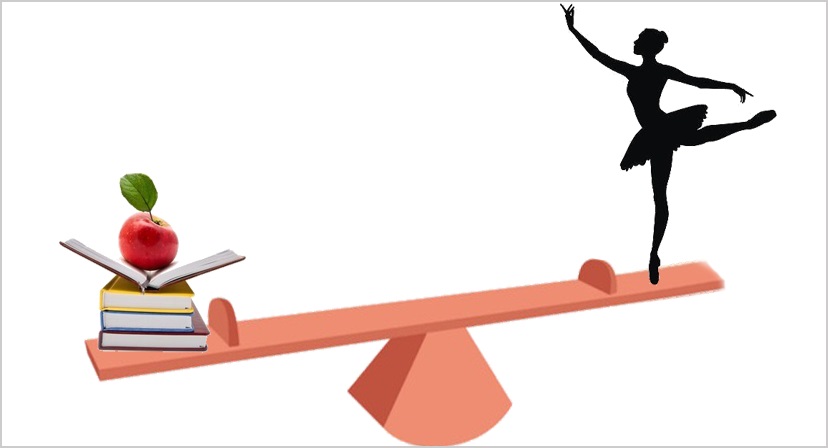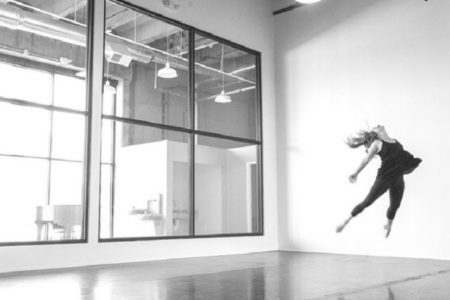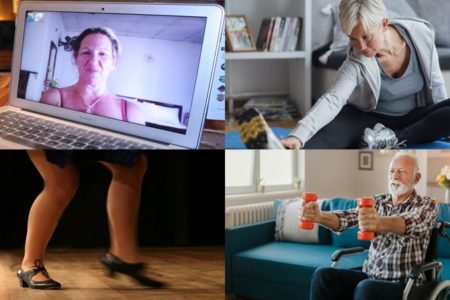
It probably comes as no surprise, to most parents, that more and more children are continuing to overextend themselves with too many activities. In this modern age when multitasking is essential to any job, activity or home-life, it’s really almost natural that kids today would take on more activities than say kids twenty years ago. In many ways, this can be detrimental to a child’s well-being. After all, ten year-olds shouldn’t be stressed out by their unrelenting schedule. On the other hand, learning how to prioritize and manage one’s time is an extremely valuable quality for anyone to have, and learning those skills at a young age, creates excellent habits for the future.
Dance, as with any sport, requires time and energy. To establish strong technique, proper placement and a thorough understanding of the movements, it’s necessary for young dancers to take multiple classes a week, even multiple classes a day once they reach a certain level. Balancing dance classes, school, homework and social calendars can be difficult, especially for dancers in high school. However, with a little planning and focus it’s easier to balance all these different activities.
Dancers should have a planner and write down all the activities they want to accomplish each week. Then as homework is assigned, dancers should write a list of everything they need to do and mark the due dates. As events come up, or new activities arise, all these should be marked into their planner. That way, dancers can see a clear picture of everything they want and need to accomplish, and from there it can be easier to prioritize and figure out what activity to not do that week.
High School Dancers and their parents should talk to their academic counselors about having a free-period during their school day in place of physical education classes. If your child is dancing everyday, they are definitely getting more exercise that the standard school requirements. Therefore, having an extra period where the dancer can go to the library or study hall and do homework can make a huge difference in his or her well-being and save a lot of time for after-school classes.
Don’t overload your dancer’s schedule with too many activities. It’s just a recipe for disaster. Inevitably something will not get done and that will just create more stress on everyone. Understand that dance, or any other sport or class is a commitment and if you make more than physically possible to handle, something will have to give. Breaking commitments always leaves people feeling down.
Finally, remember that dance and learning should be challenging at times but also enjoyable. It should be fun, and a release from stress or pressure. Remember that hard work and diligent practice yields wonderful results but there is a limit to how many things one child can handle. So, when things are feeling a bit too overwhelming, relax, take a step back and just breathe. And just dance!
Aerin Holt is the Artistic Director of California DanceArts located in La Cañada, California. For over 30 years the school has been providing progressive and high-quality dance education to develop, nurture, encourage, challenge and motivate students in the pursuit of their artistic goals, aspirations and dreams.








